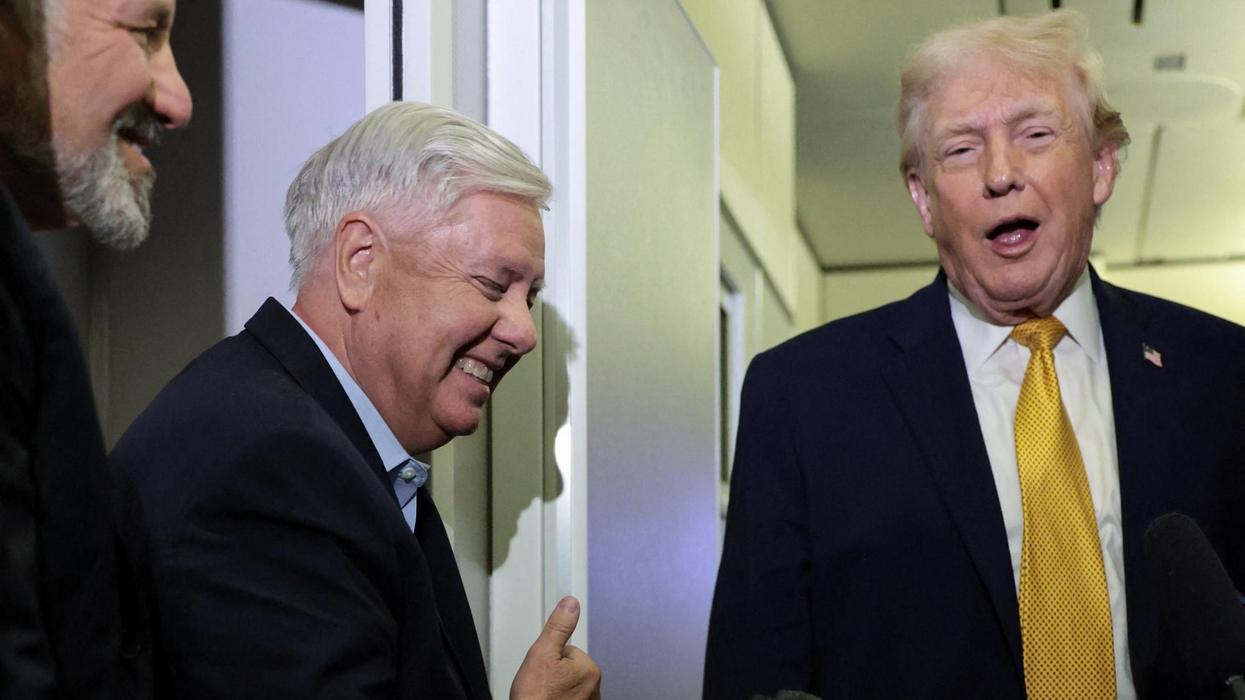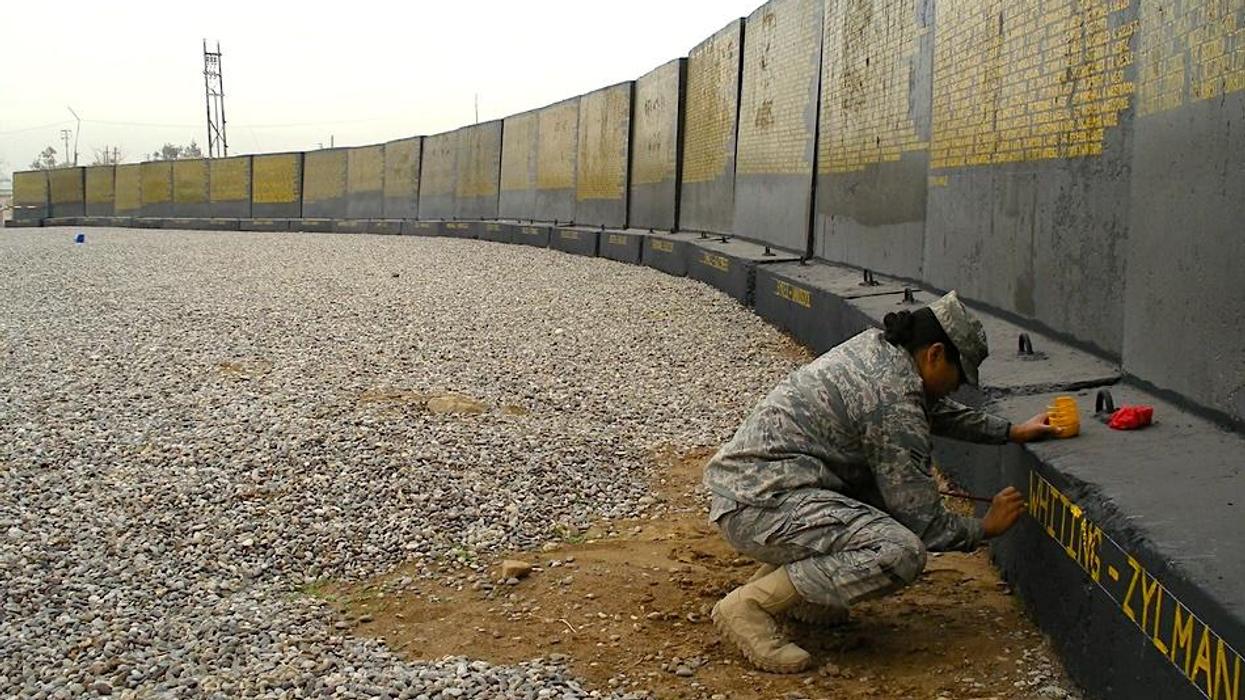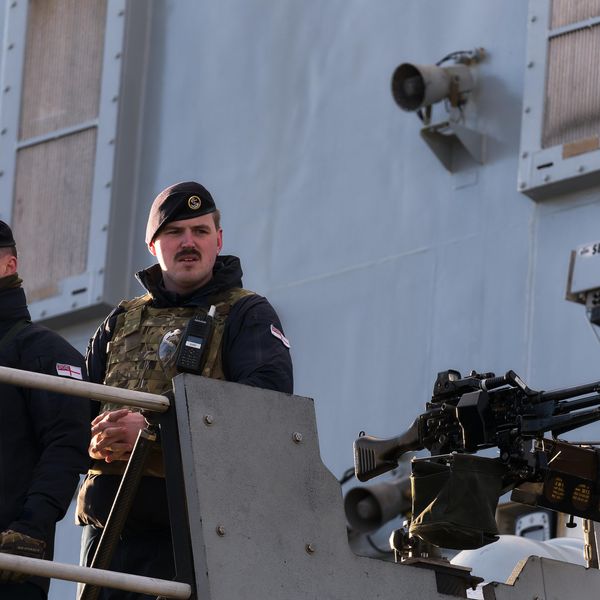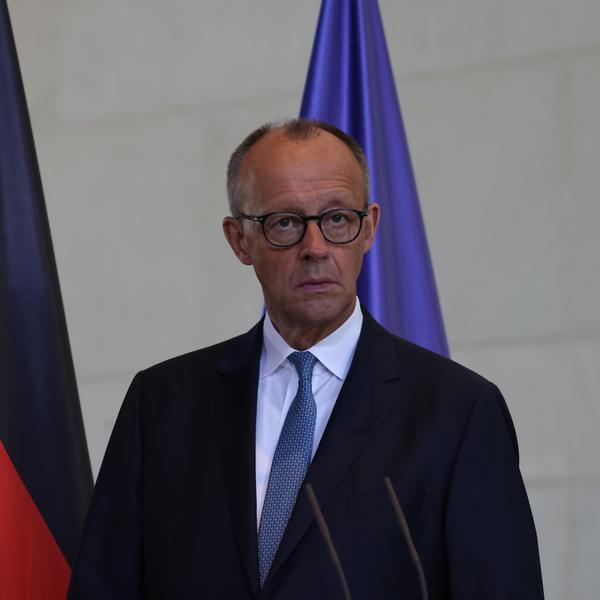“You weep, and weep for nothing, so as not to laugh, and little by little…you begin to grieve. All those I might have helped.” —Hamm, in Endgame by Samuel Beckett
There are many tragedies playing out in the Afghanistan endgame that has been on display for the last two weeks. And the end of the American presence has become a “blame game,” driven by television coverage, political exploitation of the apparent chaos, and the toxicity of American politics today. The chattering class is into point-scoring and short-term advantage.
There is almost no understanding of how hard it is to plan and execute a major logistical challenge like the withdrawal of forces and the evacuation of civilians. The military “retrograde” (terrible euphemism that avoids more honest words like “withdrawal” or “defeat”) works pretty well; the civilian withdrawal, not so much.
I make no excuses here for badly designed policy (Trump) or for errors of execution (Biden). In the end, a very large number of people have been extracted from Kabul in a very short time. And the entire exercise is worthy of a major “after action” review for what worked and what did not.
But the current turmoil sent me back to 1994, when the Clinton Administration faced three civilian/military crises at once: the Cuban “rafter crisis” in the spring and summer — an exodus of 35,000 Cubans after Fidel Castro said people could leave; the April to July 1994 genocide in Rwanda and refugee operations at the border; and the U.S. operation to restore the democratically-elected Haitian president, Jean-Bertrand Aristide to office, in September 1994.
None of these was exactly like the Kabul evacuation. But all involved military planning, real-time civilian planning, and coping with rapidly evolving international situations. Each crisis required time, lots of meetings, policy decisions, mistake-making, and adjustment in real time. They tested what government can do in a crisis and how hard it is to plan and execute perfectly.
Each situation demanded the involvement of multiple agencies of government and the private sector, from Justice and Health and Human Services to Transportation, Defense, State, and USAID; from contractors to domestic and international NGOs, to the United Nations. They taxed the government’s planning capability, required significant deployment of military personnel and equipment, day and night operations, and high degrees of unpredictability.
None of the crisis responses of 1994 was perfect, but they made it clear that time was needed to do it even close to right. The best laid plans could fail or need instant adjustment, information and planning was critical, and policy officials needed to meet incessantly to make the calls that moved the machinery of implementation forward.
The restoration of Jean-Bertrand Aristide to office is illustrative of the challenges. It required nine months of civilian and military planning. (I was responsible for the budgetary and statutory authorities part of it, as Associate Director at the White House’s Office of Management and Budget.) During those months, more than 100 agencies and private sector entities (corporations, NGOs, international organizations) met in a large hall at the National Defense University working out a detailed plan covering everything from operational security to the need for civilian goods (humanitarian supplies, food, medicines) to accompany the forces planned for deployment, to the quasi-governmental decisions (policing, education, health, economic assistance) that would need to be made on arrival.
Agencies across the government took responsibility for parts of the mission. And the meetings were constant. Conflicts between legal authorities and funding had to be resolved — the State Department had the authority to fly Bangladeshi police to Puerto Rico and then to Port au Prince. But they did not have the appropriated funds to cover the costs or the aircraft to carry out the operation. The Defense Department had the aircraft, but not the legal authority. The resolution required a decision by a policy official for DoD to transfer resources to State in order to cover the costs of the airlift. This was only one of thousands of examples of conflict resolution that had to happen to execute the plan.
In addition to all of this, the Cubans were streaming into Florida with no Department of Homeland Security (it was created in 2003) to take the lead. The government had to stand up Guantanamo as a holding area and get the authority to admit the Cuba asylum seekers into the United States. To top it all off, we were simultaneously creating a relief camp in Gomain the Democratic Republic of the Congo at the edge of Rwanda, for thousands of refugees fleeing a massacre and civil war.
You get the picture. For any government this is hard, detailed work requiring lots of meetings and planning, detailed follow-up, reporting back on execution, adjustment, some failures and some successes.
Today’s blame game is hammering the Biden administration for what is described as a failure to plan a chaotic execution. It seems pretty obvious that mistakes were made. Some may have been intelligence errors — which belong in the CIA and military intelligence in-boxes and on the desks of policy-makers who seem to have seriously misread Taliban planning, strategy, and capabilities.
I am less persuaded that it is right to savage the Biden administration for the execution of the endgame. As Beckett says, we can weep for the day-by-day outcome and those we might have helped, but I think we can also begin to explain why the evacuation looked chaotic.
Time, information, and staffing may be a big part of the answer. The Biden administration did not have time, lacked information up-front, and was not fully staffed to pull this off.
This administration came into office just over seven months ago. Their transition team had frankly been stiffed by the outgoing administration, which had committed to a U.S. withdrawal by May 1. This was especially true in the national security arena, where the Biden transition was denied access to the Pentagon and to any planning data about Afghanistan or anything else at first. That’s no information of value before January 20, 2021, with just over 3 months to departure.
To make matters worse, once the file drawers and disc drives were opened, it became clear that while the military had a withdrawal plan (some of the best logisticians in the world live at DoD), there was no equivalent planning for civilian evacuation in place; no planning had been done. In fact, the reverse appeared to be happening: Stephen Miller, Trump’s immigration advisor, was actively trying to slow down the processing of Special Immigrant Visas for Afghans.
Chris Miller, who was the last “acting” Secretary of Defense for Trump, has even suggested that there was no intention of leaving; the threat of departure was to convince Afghan President Ashraf Ghani that he needed to form a coalition government with the Taliban that would in fact allow the US military to stay.
Late information and no civilian evacuation plan. Hardly surprising now that the Biden team extended the May 1 deadline. Their first major problem was time was running out and there was no information or plan.
Then, for a plan this detailed and complex, any administration would need policy officials in place. By 1994, Clinton had his team on board, down to the Assistant Secretary level. The Biden administration is well behind the normal pace for nominating and confirming political appointees. The pace is especially slow in the State Department, where a large number of nominees are being held up in the Senate largely by Sen. Ted Cruz over his unhappiness about a Russian pipeline into Germany.
Anyone involved in a past crisis or civilian overseas operation can tell you that things do not get implemented until policy calls have been made. Civil servants are excellent at producing advice, options, details, and critical information. For good reason, they do not make policy calls.If you want agreements to land Afghan refugees in other countries, you need to d with the other country. Diplomats do that, and they need instructions from policy officials in D.C. who need to have the people in place to make those decisions.
In short, this was a perfect storm for the chaos we have seen and the rapid adjustments that have been needed. Clearly, the system is adjusting, over 117,000 people have been evacuated, State’s Consular Affairs staff is crashing on the paperwork for SIVs. And mistakes have been and will be made.
For sure, the State Department needs to reform its operations to execute its role in such operations more efficiently (for a broader proposed agenda of State reforms, see my February report for the Quincy Institute.)
Yes, there needs to be an “after action” deep dive to unearth what went wrong. But the tick-tock, blame game is mostly noise, not answers; it has not served the American people well. It provides for titillating headlines but does not reflect the difficulty in such operations.
















